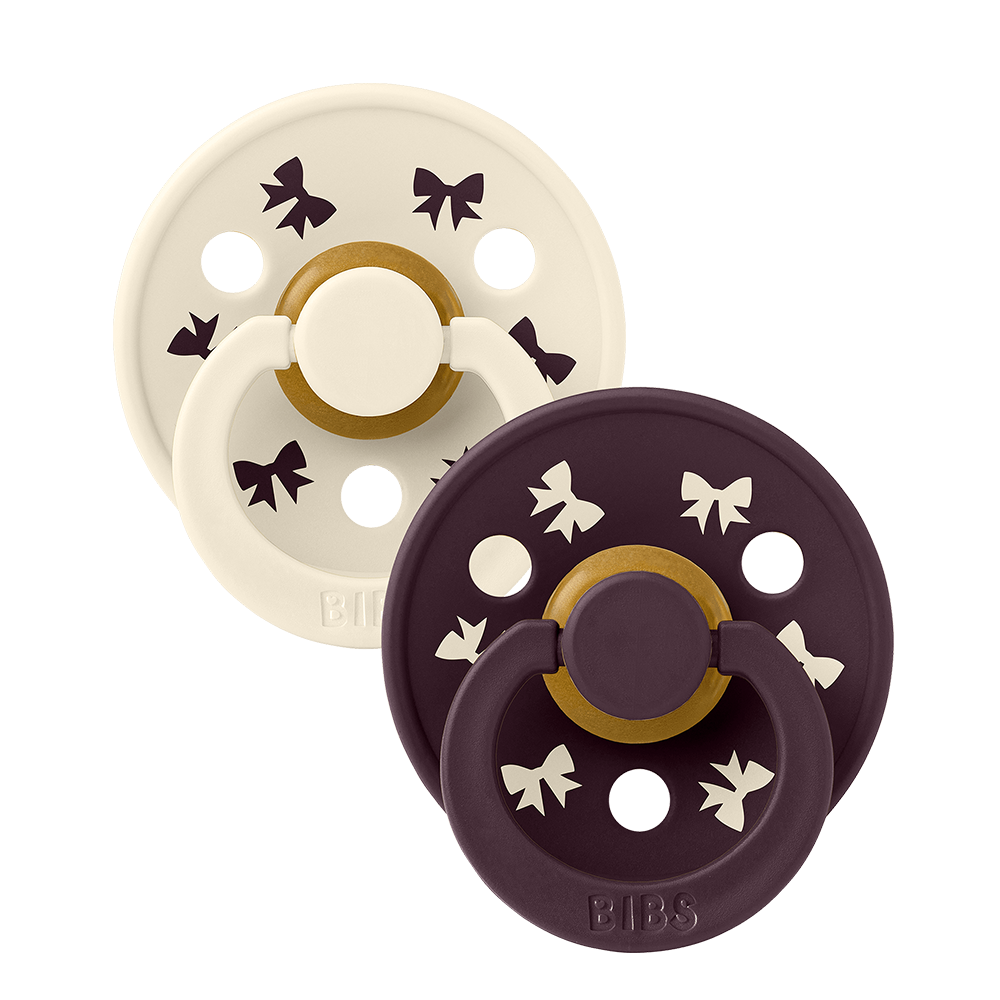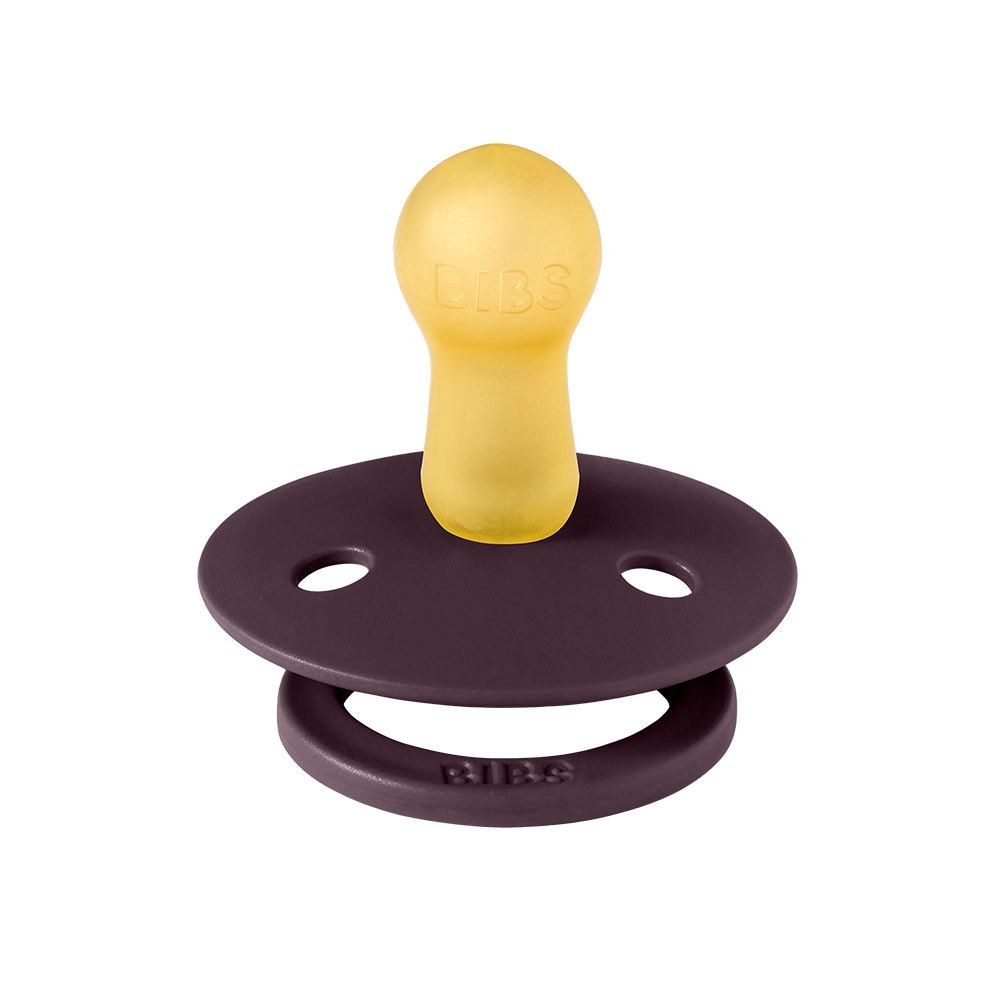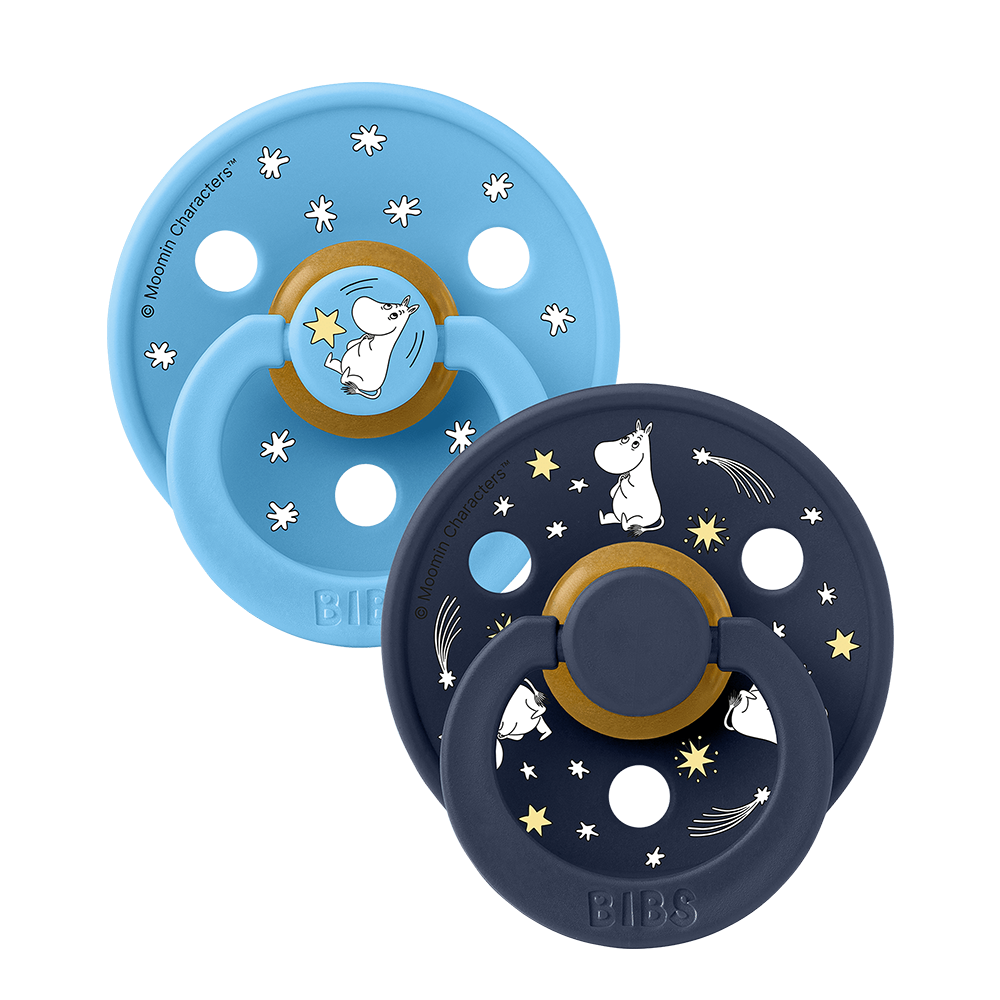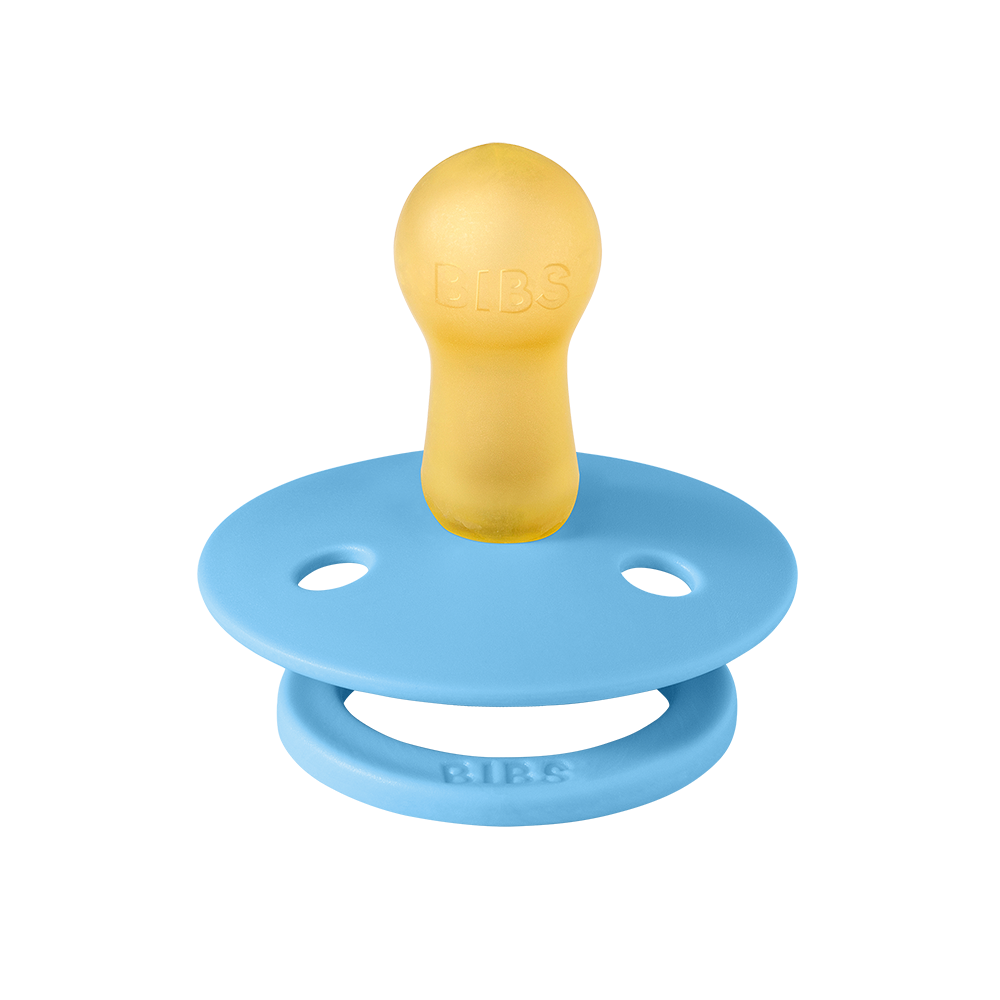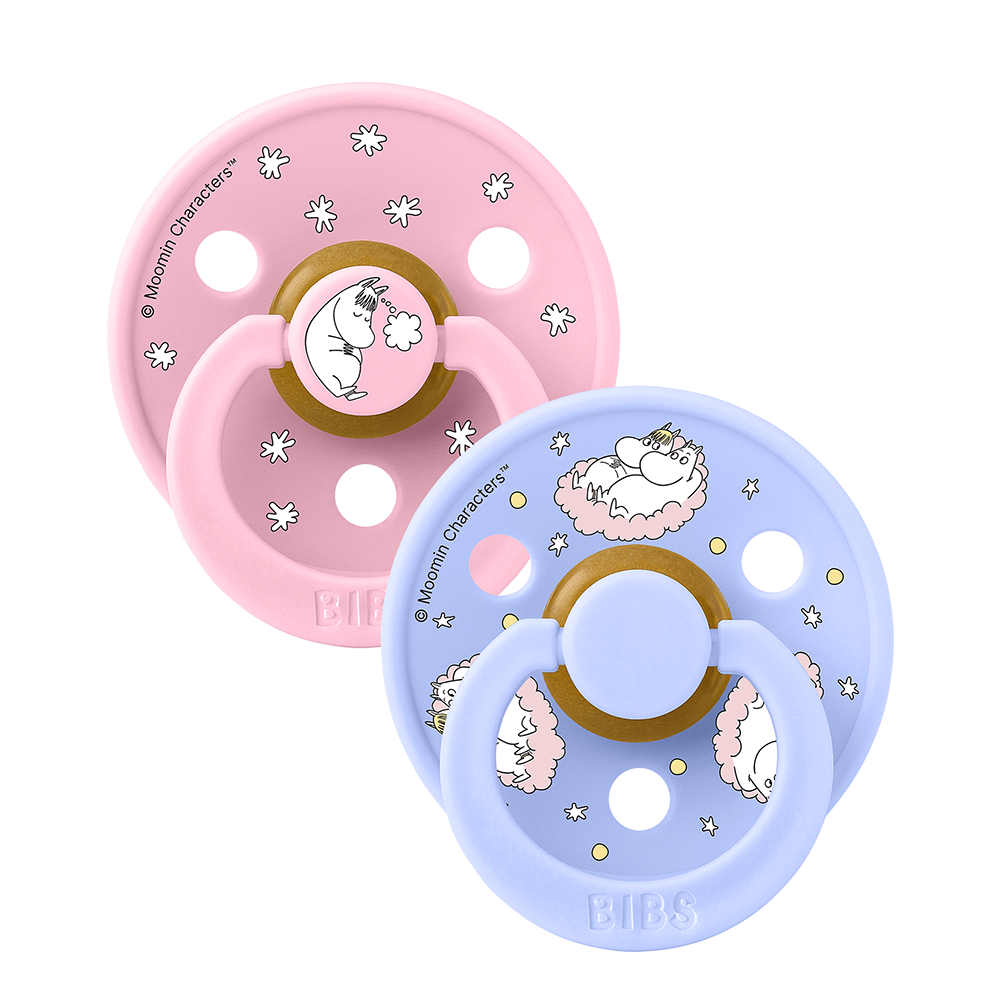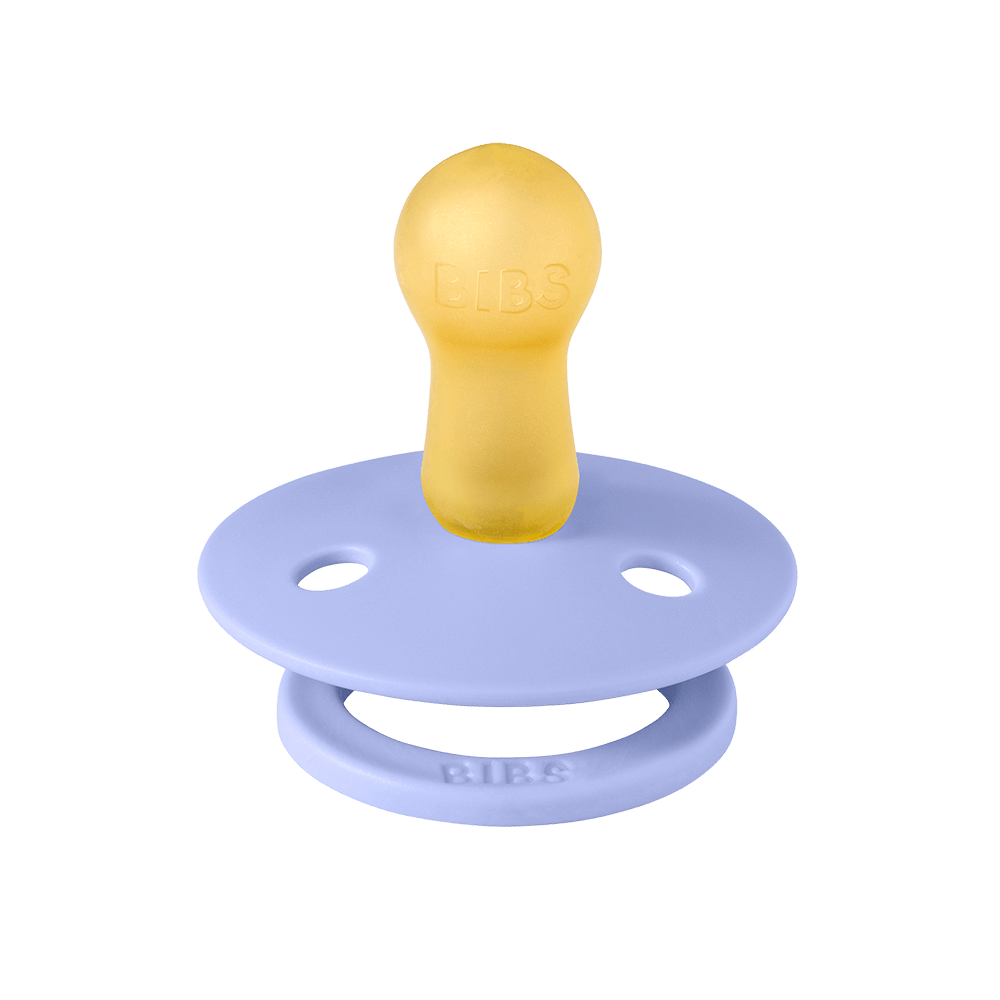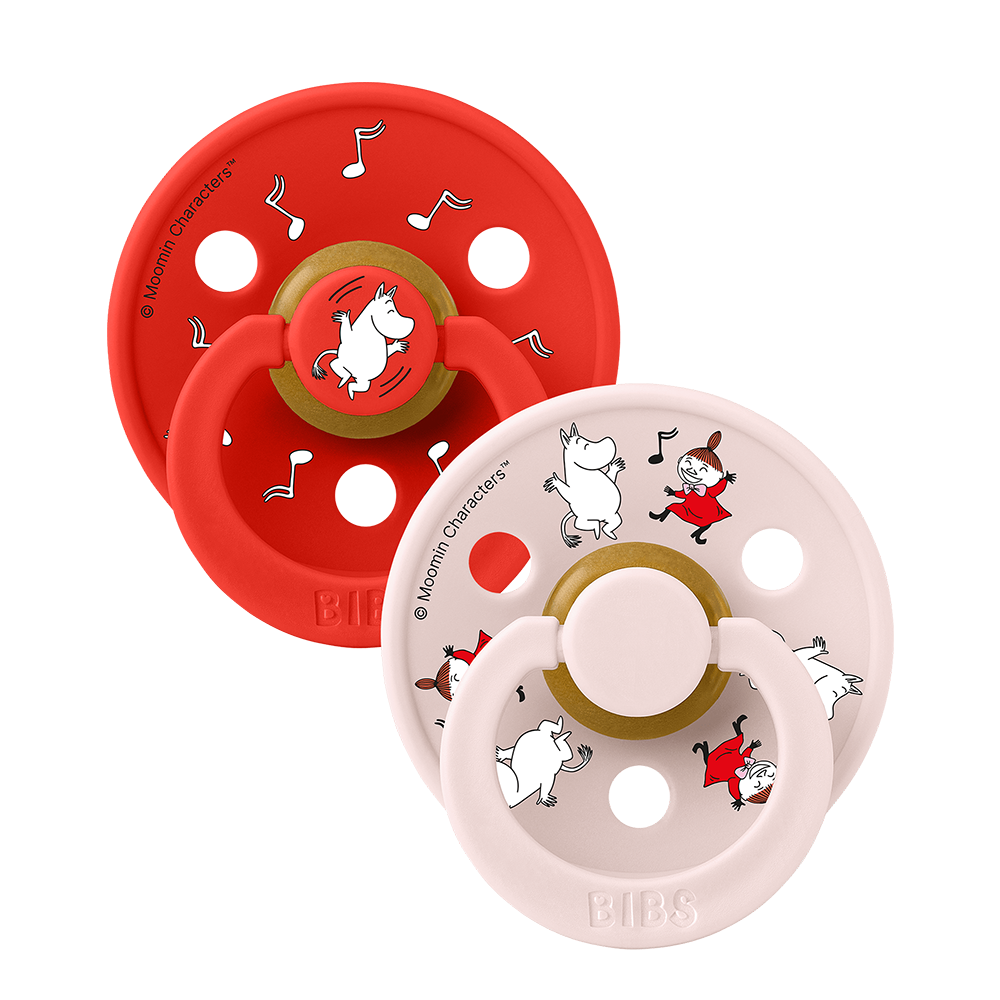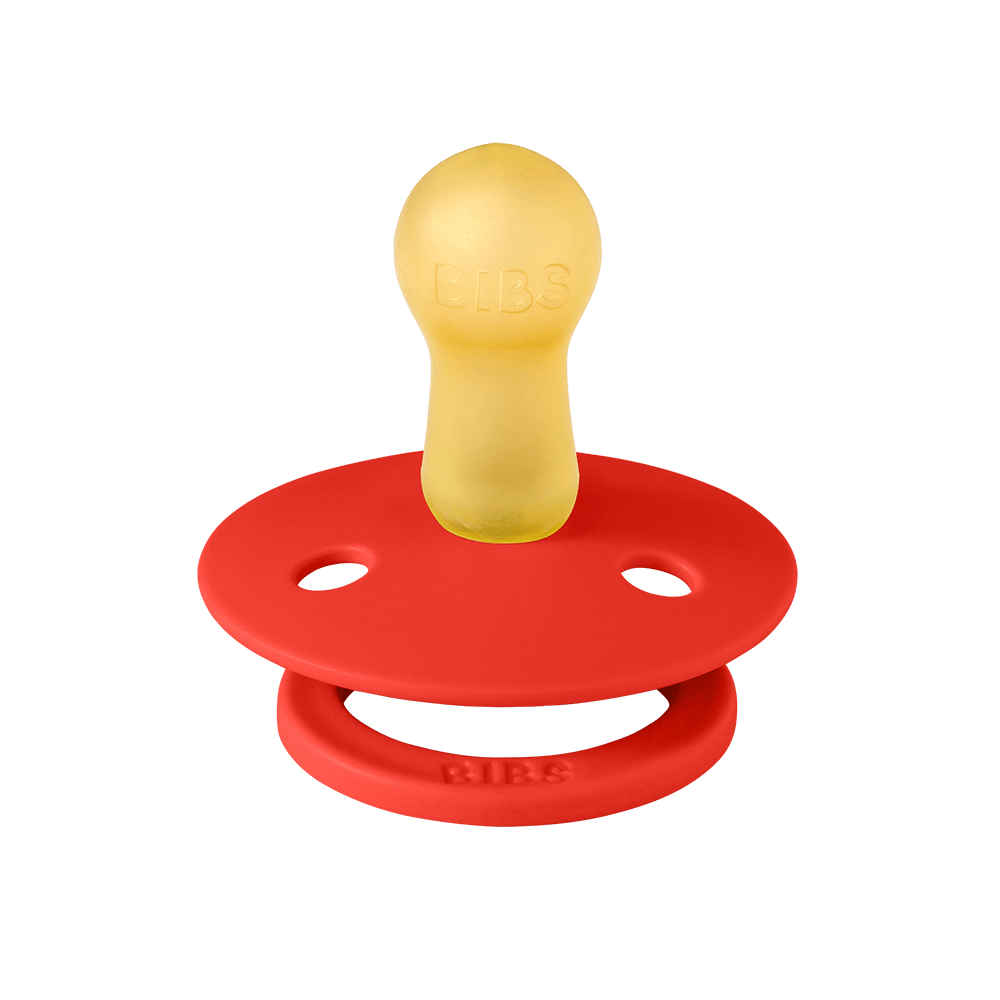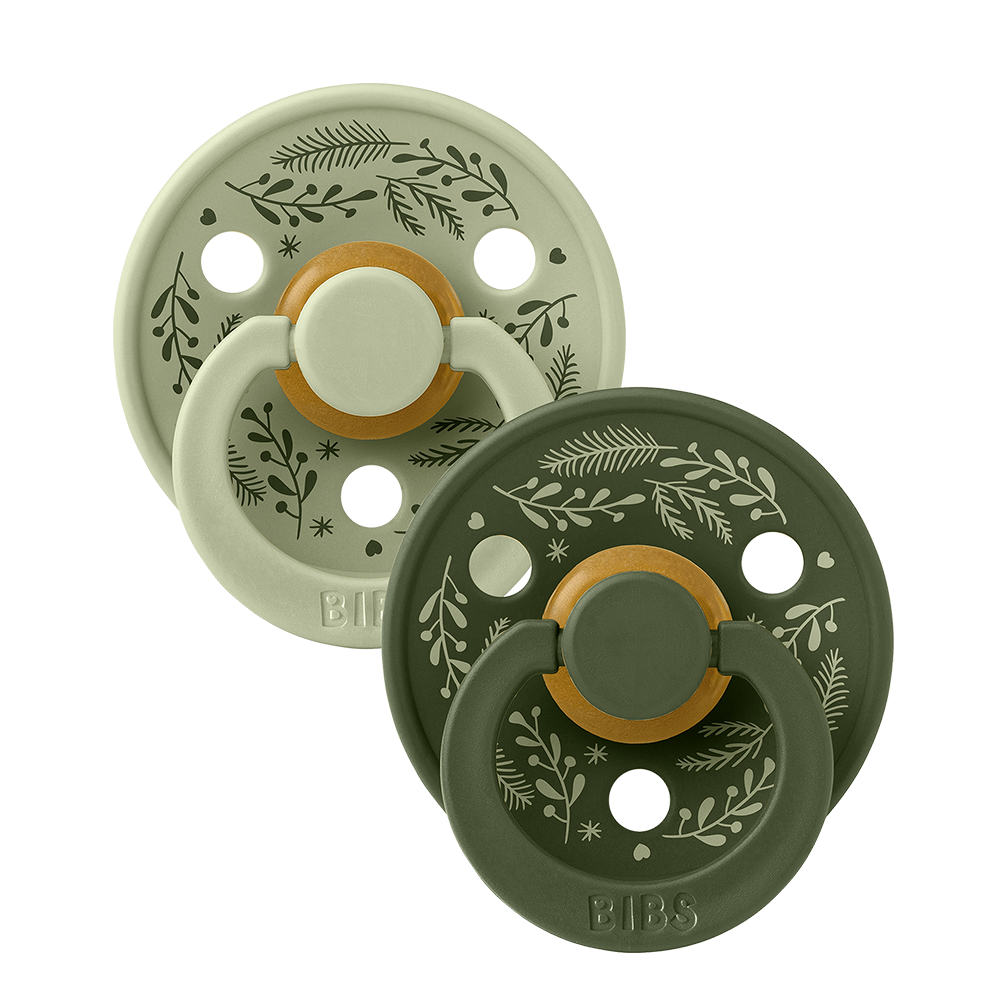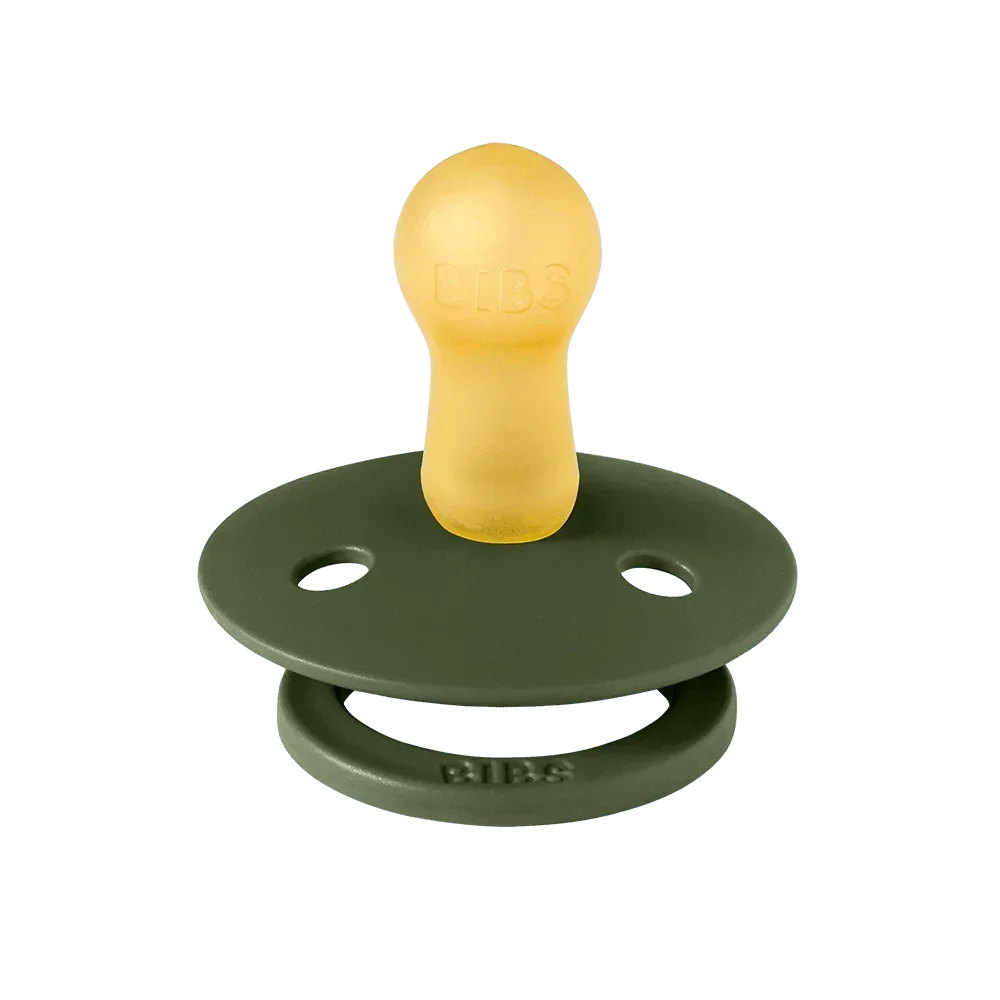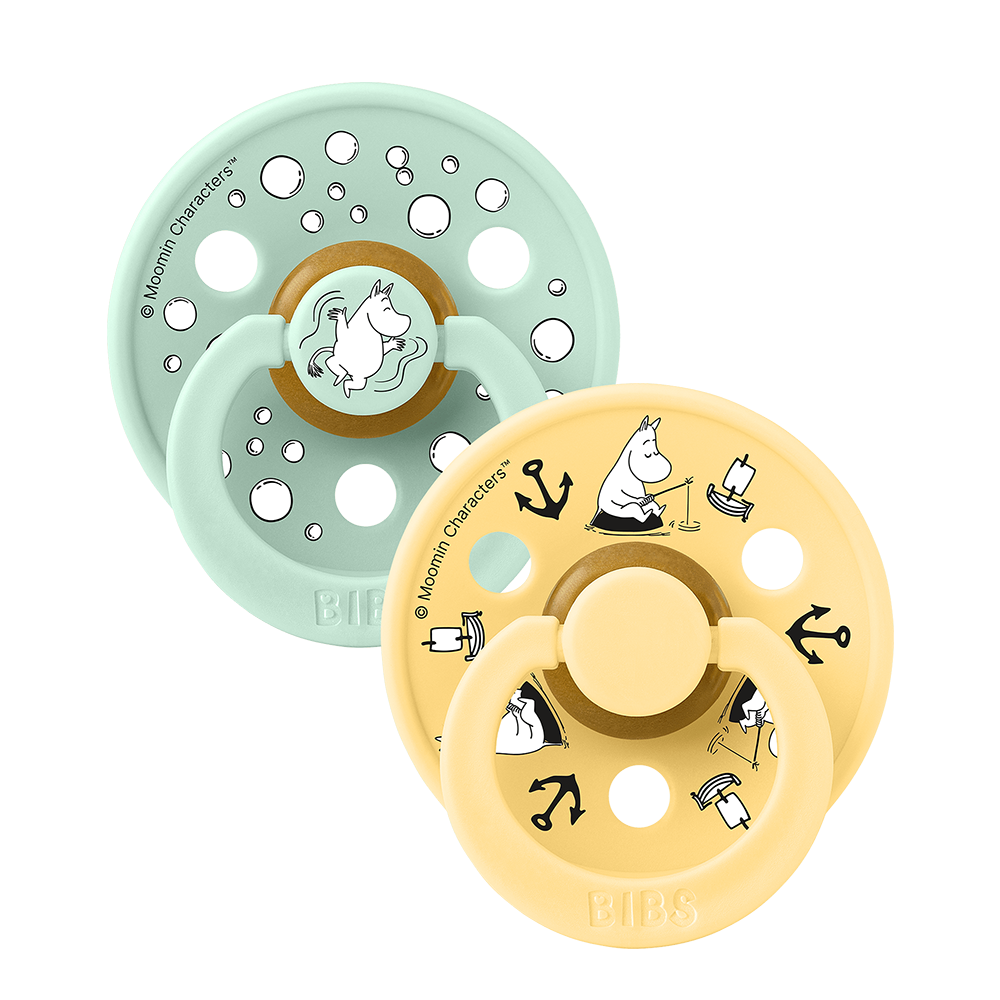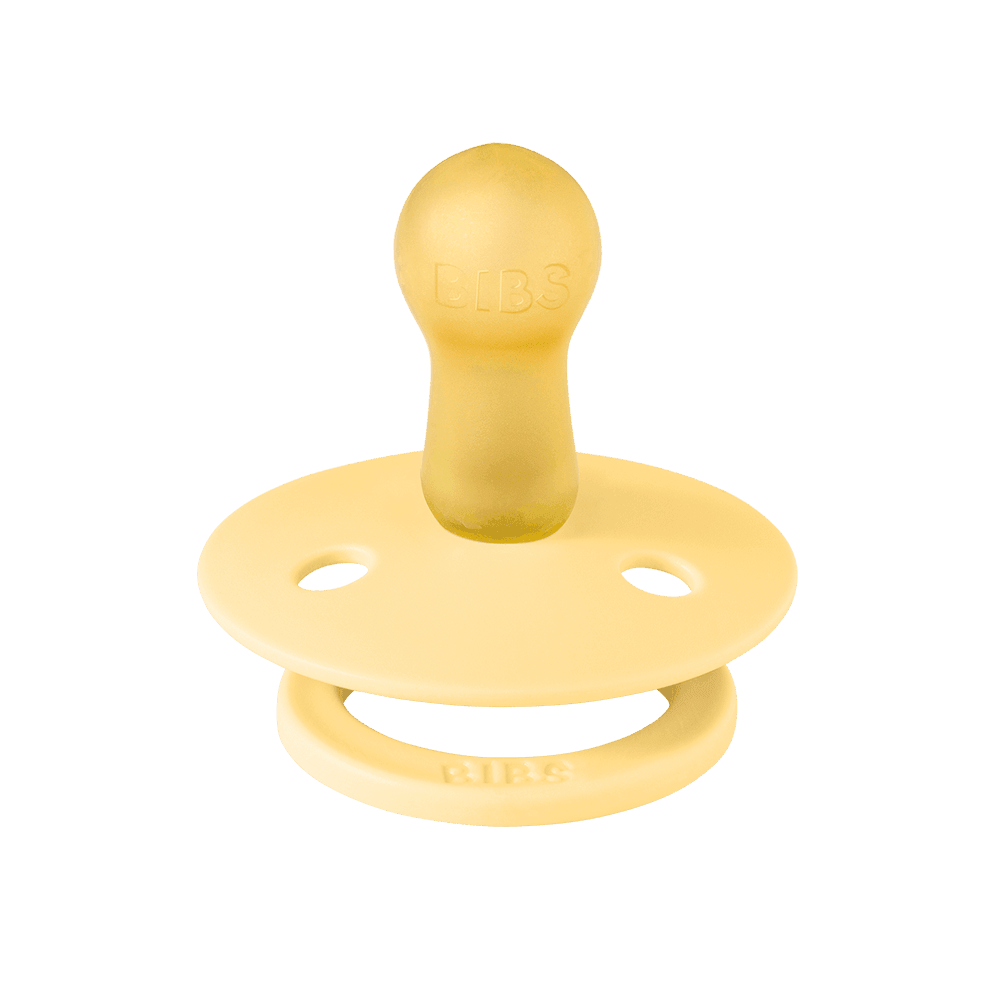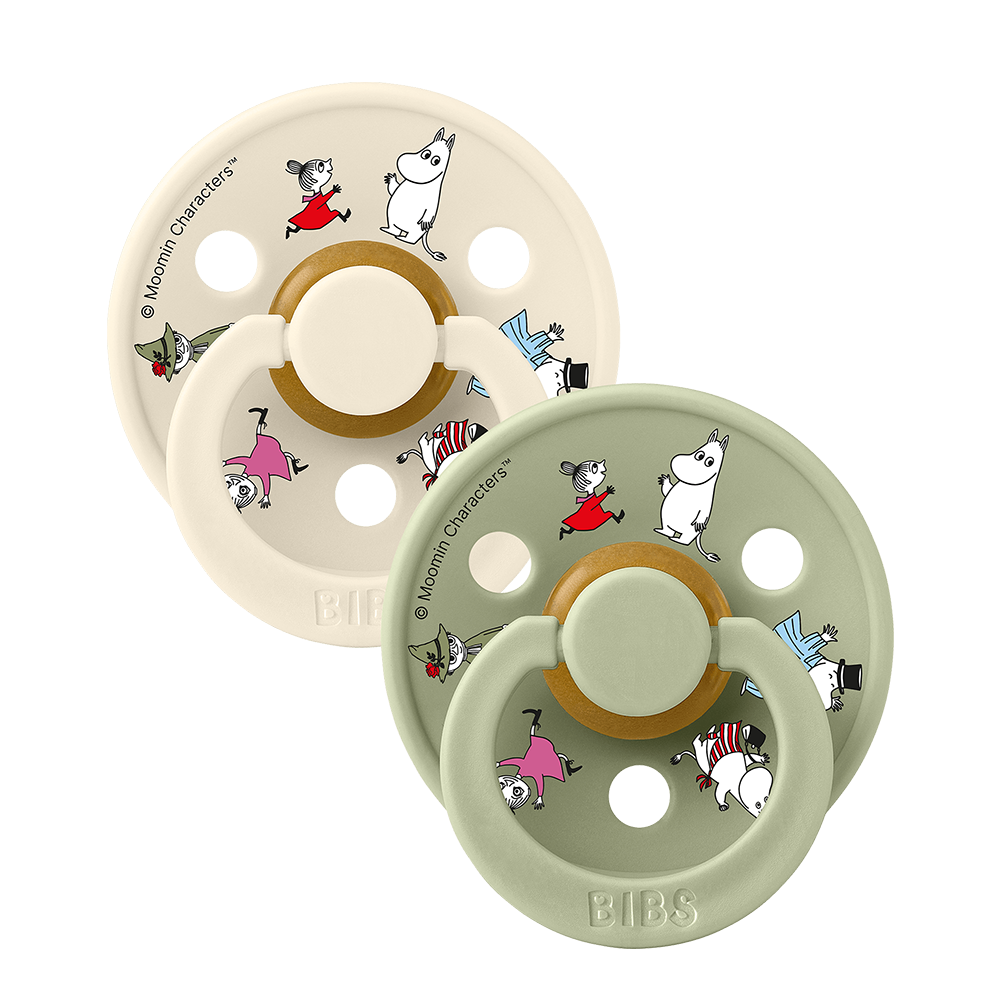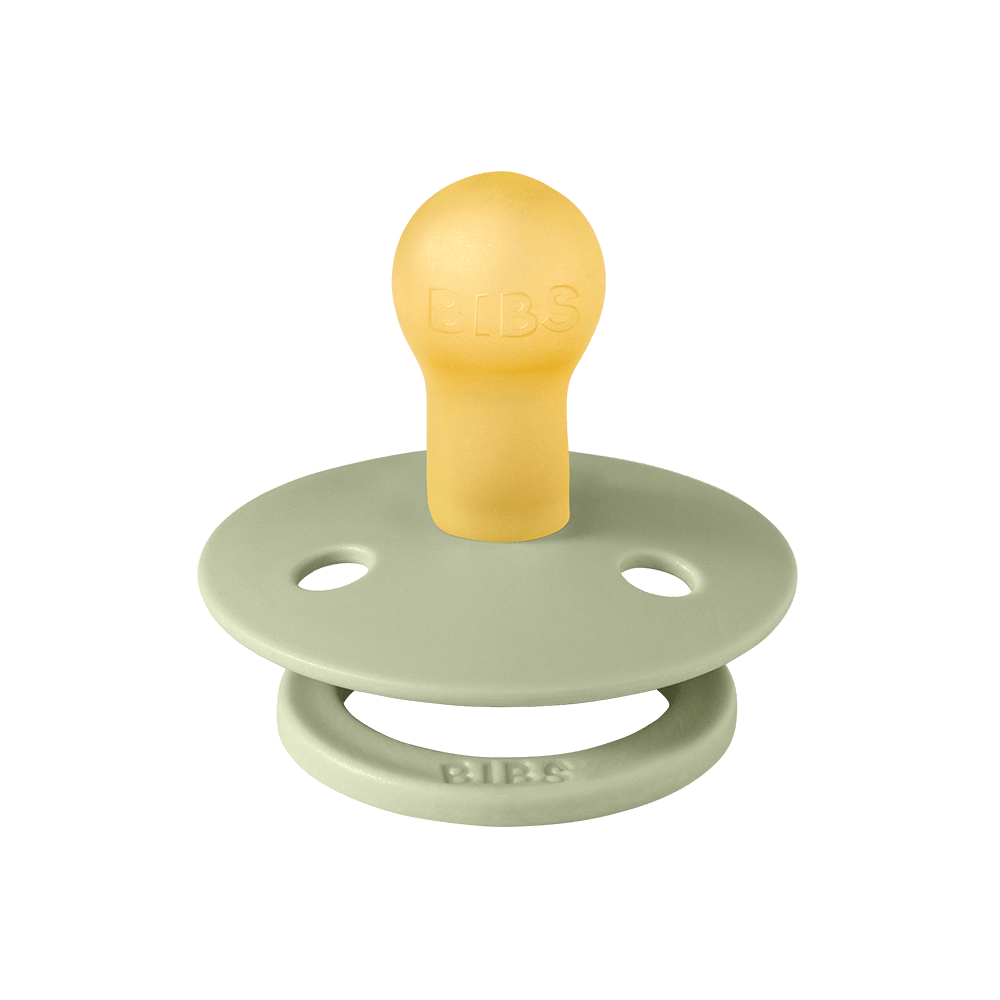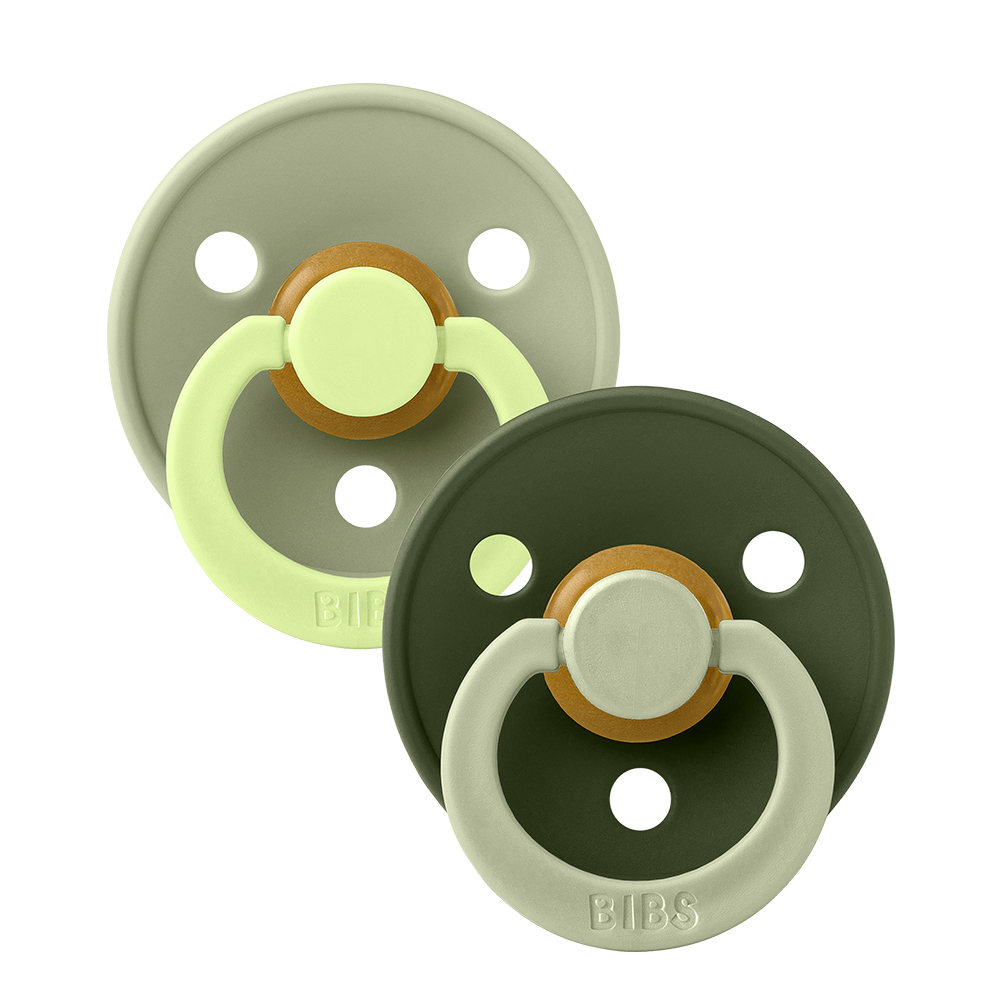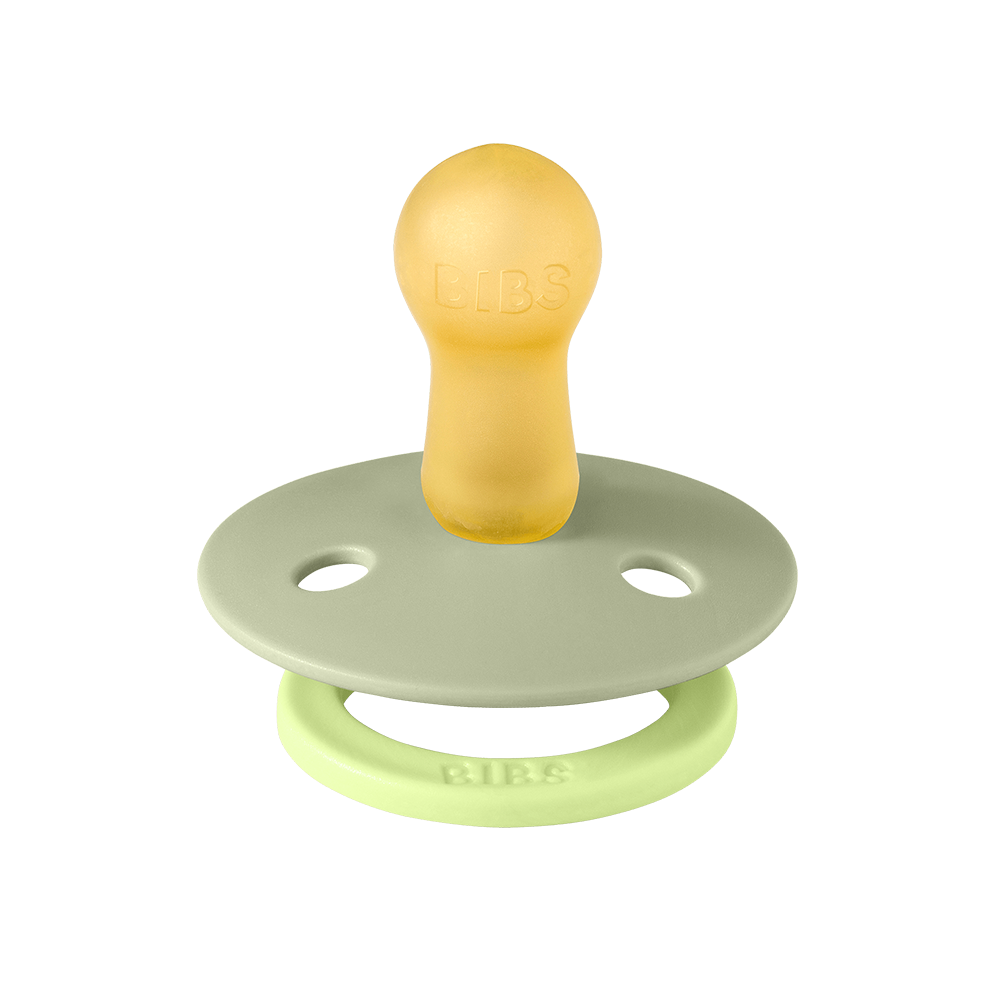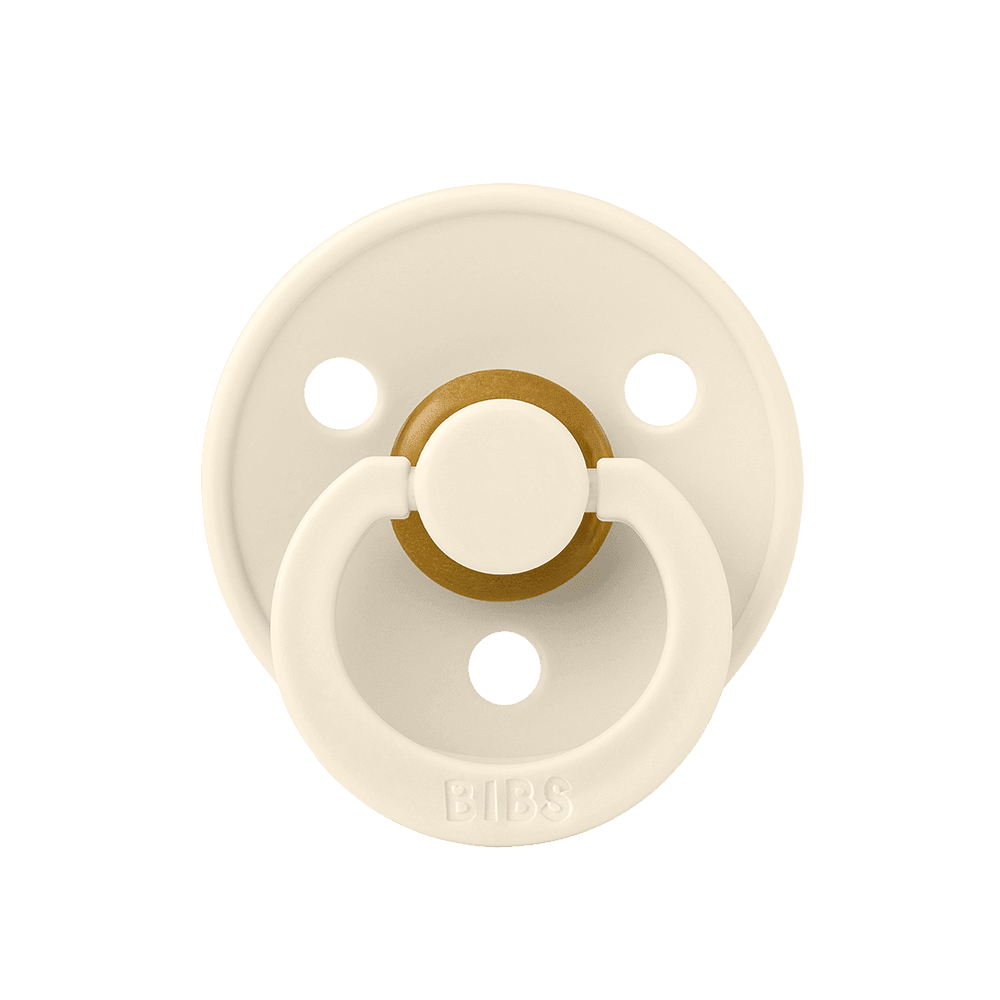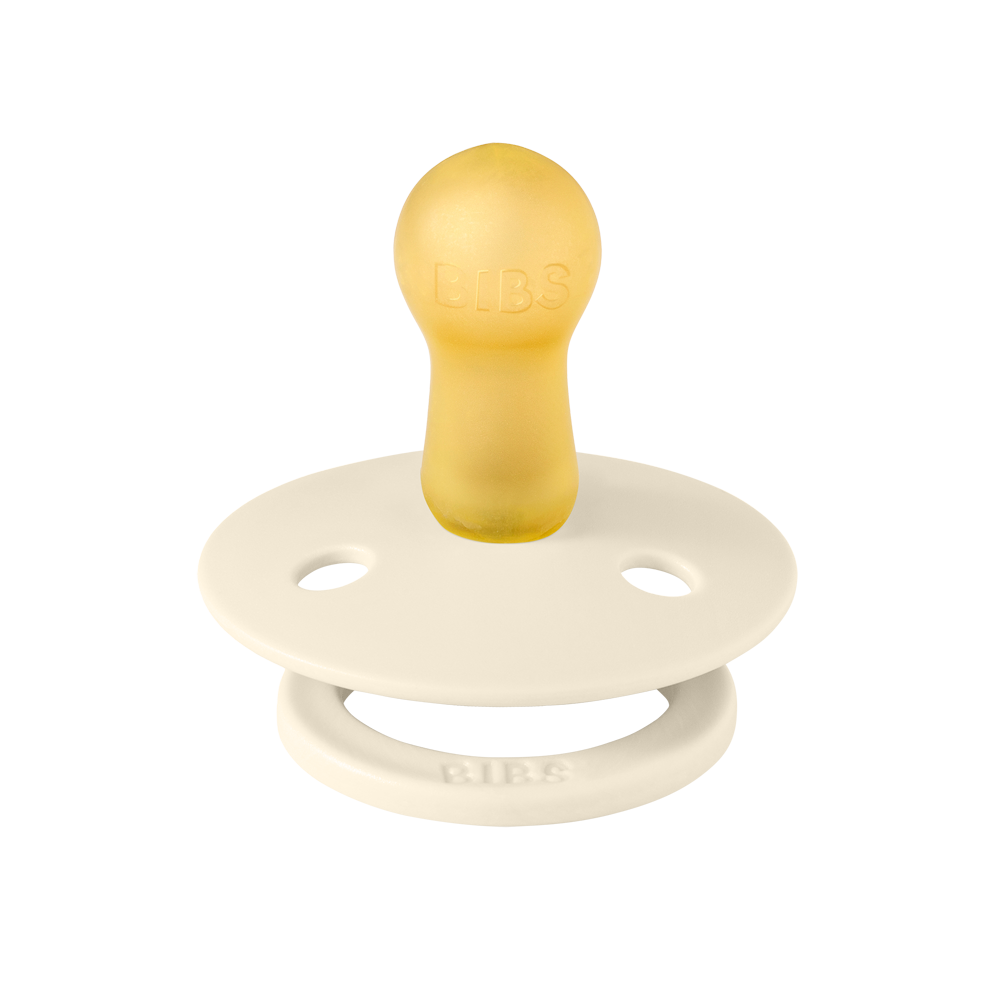
When Can You Feel Your Baby Move and Kick? Understanding Fetal Movement Timing
Feeling your baby move for the first time is often a delightful and memorable moment in your pregnancy journey. These movements, often referred to as "quickening," generally occur around the 18th to the 25th week for first-time mothers, but can be felt as early as the 13th week in subsequent pregnancies. What starts as a subtle flutter can soon turn into pronounced kicks as the fetus grows and becomes more active, signaling not only its presence but health as well.
Consistently monitoring the baby’s movement, especially in the third trimester, is important as it can be an indicator of their well-being. Mothers are encouraged to become familiar with their baby’s unique pattern of movement.
A decrease or significant change in this pattern is often recommended to be discussed with a healthcare provider. Understanding when and how you might start to feel these movements can help you bond with your baby and provide reassurance that your pregnancy is progressing well.
Key Takeaways
- Expectant mothers usually feel the baby's first movements between the 18th and 25th week.
- Baby kicks grow stronger and more regular as the fetus develops.
- Monitoring changes in the baby's movement pattern can be crucial for fetal health.

Feeling Baby Movement
As you journey through pregnancy, the flutters and kicks of your baby become a regular part of your experience, marking their growth and health.
Start of Movement
You'll typically notice your baby's first movements, often referred to as "quickening" between weeks 16 and 25 of your pregnancy. These initial movements may be faint and easy to mistake for gas or stomach rumblings.
Sensation of Kicks
The sensation of your baby kicking can range from a gentle flutter to a more defined and vigorous kick. As the pregnancy progresses, these movements become stronger and more distinguishable.
Frequency of In-Utero Movement
Expect a pattern to form when it comes to movement frequency. It's common to feel less than 10 movements in a span of two hours but consult your healthcare provider if you notice significant changes or reductions in movement.
Active Periods
Most babies have periods of higher activity and quiet times. You may observe increased movement in the evening or after you've eaten, as babies tend to be more active when blood sugar levels are higher.
Implications of High Activity
Vigorous fetal movement is generally a good sign, indicating your baby is active and healthy. Babies in utero need to move to aid with bone and joint development. If movements become uncomfortable or concerning, reach out to your healthcare provider for advice.
Monitoring Movement
When you're pregnant, paying attention to your baby's movements is an essential aspect of prenatal care. It gives insight into your baby's health and can indicate their well-being.
Kick Counts
Tracking your baby's kick counts is a straightforward measure you can take at home. Beginning around the 28th week of pregnancy, health professionals recommend noting how long it takes for your baby to make ten movements. You should feel at least 10 kicks within 2 hours. If the time it takes to feel these movements decreases or increases significantly, consult your healthcare provider.
Pre-Labor Movement
In the days before labor, you might notice a change in movement patterns. It's often believed that babies become less active, but this is not always the case. Some women report a burst of energy and increased movement. Just keep monitoring as usual and report any abnormal changes to your healthcare professional.
Decreased Movement
A notable decline in your baby's movements can be a sign to take action. If you sense fewer than normal kicks or a significant slow down, it’s important to contact your healthcare provider right away. Decreased fetal movement can sometimes be an early indicator that your baby is in distress and requires immediate medical attention.
